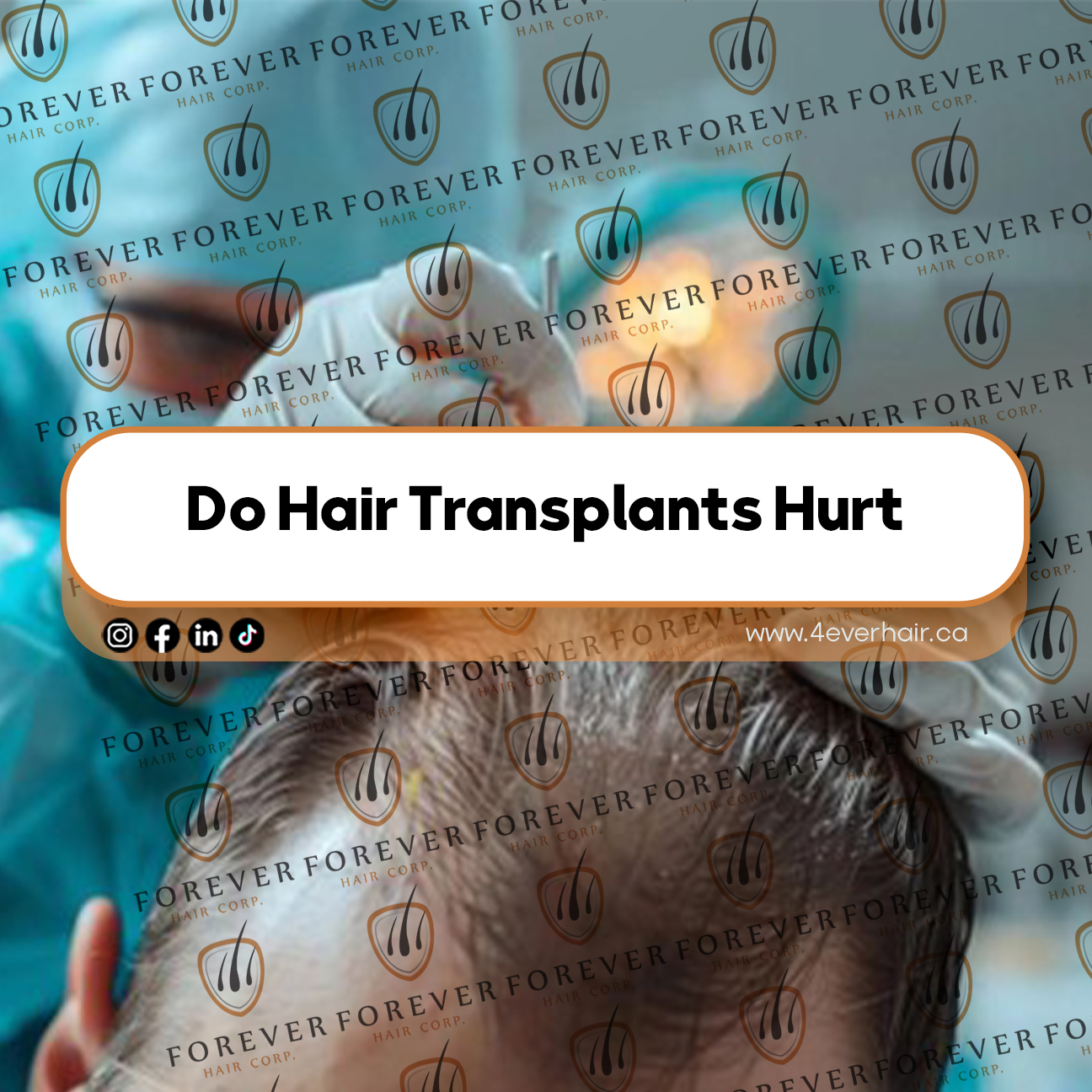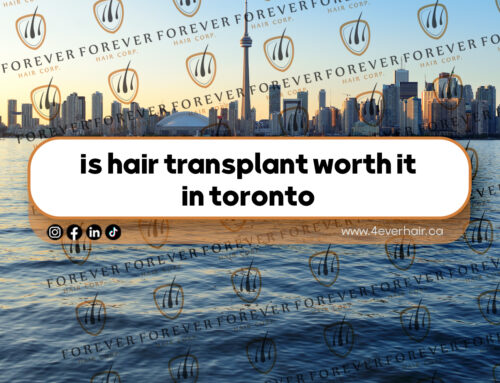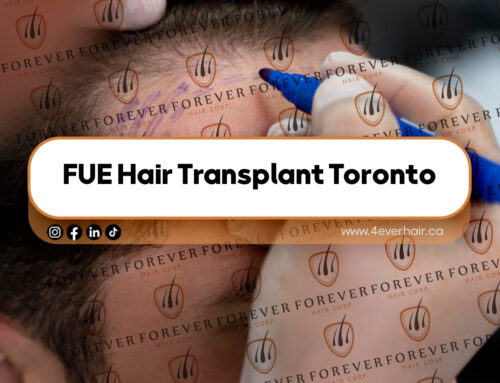A common question we hear in our clinic is, “Are hair transplants harmful?” The discomfort associated with hair transplantation varies depending on the individual and the technique used, but in general, the procedure is well tolerated. At the start of the procedure, local anesthesia is administered to numb the scalp, effectively minimizing any pain during the transplant. While some patients may experience slight discomfort or pressure, the procedure is usually not painful. At our clinic, our goal is to ensure that our patients experience virtually no pain during the transplant and we carefully monitor their comfort level during the transplant to provide the most comfortable experience possible. When the anesthesia wears off hours after the procedure, you may feel some pain, tenderness, or a mild tingling sensation in the treated areas. Postoperative discomfort is usually manageable with over-the-counter pain relievers or medications prescribed by the surgeon.
Most patients report that any discomfort is manageable and subsides within a few days to a week after the procedure. In general, while there may be some discomfort, it is generally minimal and temporary.
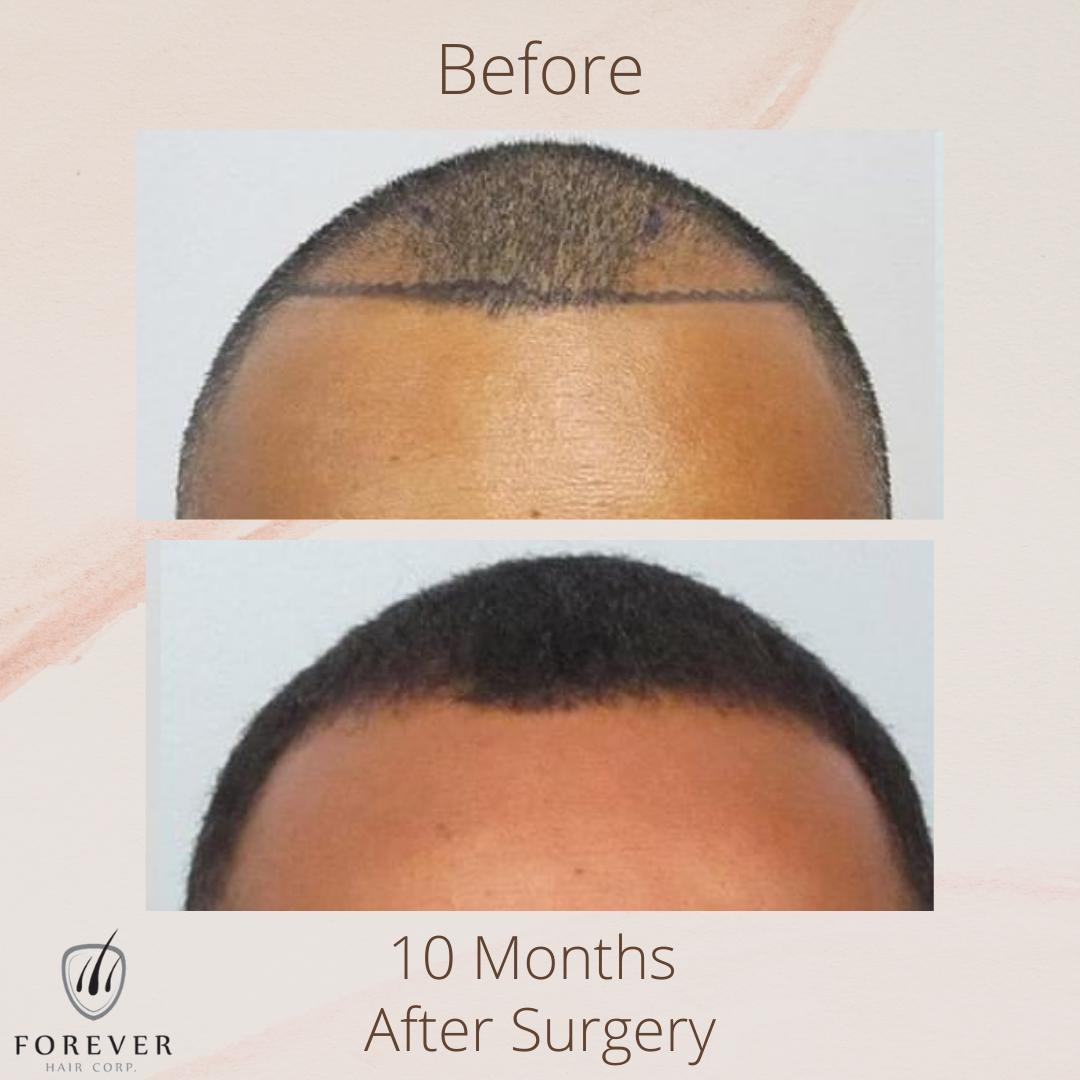
How long does the pain last after hair transplant?
As mentioned above, pain after hair transplant is generally mild and temporary, and most patients experience discomfort that lasts from a few days to a week. Here’s a more detailed breakdown of what you can expect:
First 24-48 hours: You may feel some soreness, tenderness and mild pain in the treated areas. The donor site (where the hair was taken from) may feel more uncomfortable than the recipient site (the transplant site). Swelling and redness are also common during this period.
3-7 days after surgery: Discomfort usually decreases significantly after the first few days. Any residual pain is usually mild and can be managed with over-the-counter pain relievers or medications prescribed by the surgeon. You may experience some stiffness or itching as the scalp begins to heal.
1-2 weeks after surgery: By this time, most of the initial pain and discomfort should have subsided. Some patients may still experience mild sensitivity or itching, but it is usually not painful and continues to subside.
Patients who undergo FUE hair removal usually experience significantly less post-operative pain compared to those who undergo FUT. However, by postoperative day 3, pain is generally almost completely reduced with FUT, while patients who have FUE often report only minimal pain as early as one postoperative day.
If the pain persists for more than two weeks or becomes severe at any point, it is important to contact your surgeon to rule out any possible complications. In general, while there is some discomfort associated with the healing process, it is usually manageable and short-lived.
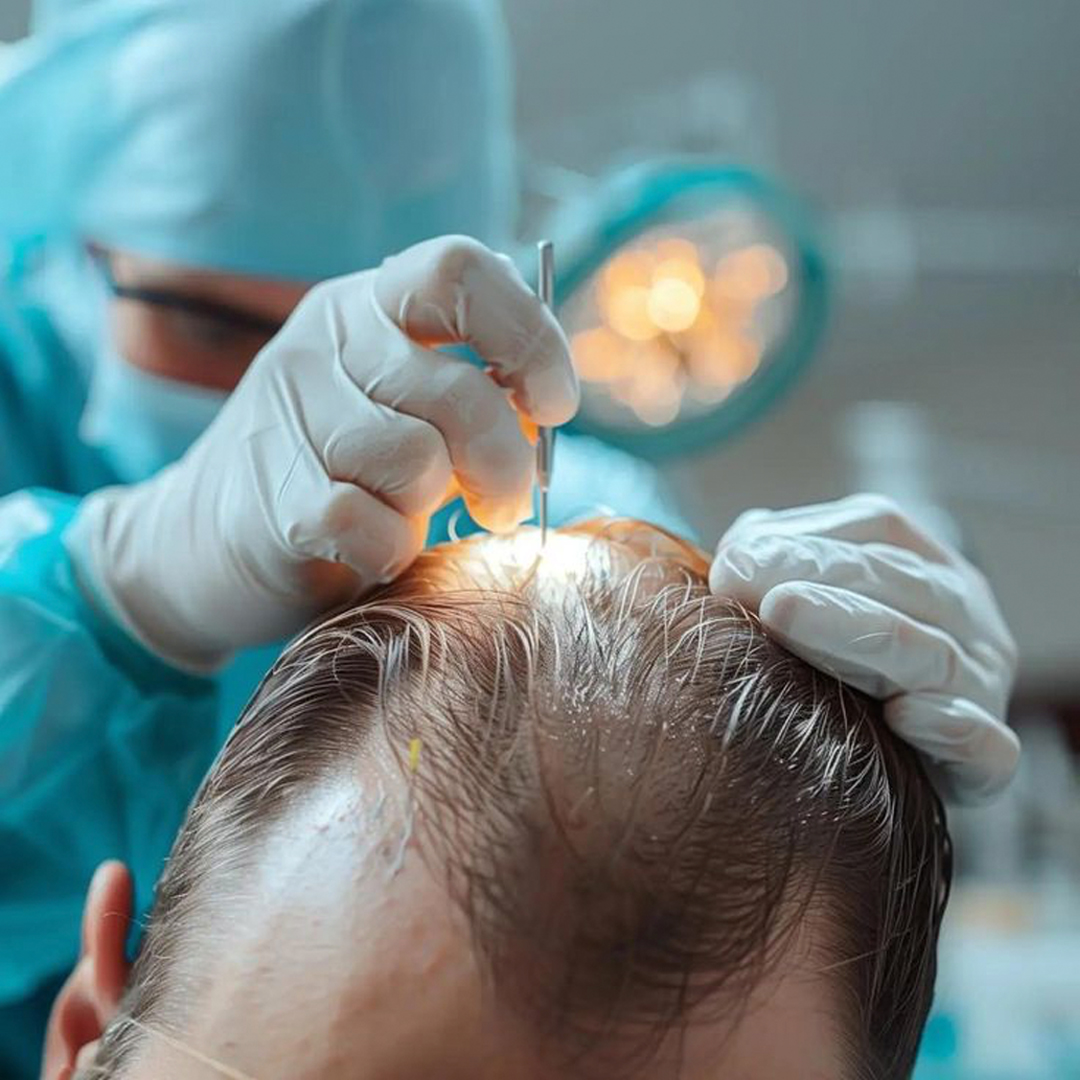
How to control pain after hair transplant?
Pain control after hair transplant can make recovery easier and smoother. Here are several strategies to help manage discomfort:
1. Medicines
Pain relievers: Over-the-counter pain relievers such as ibuprofen or acetaminophen can help reduce pain. If necessary, the doctor may also prescribe stronger pain relievers.
Antibiotics: May be prescribed to prevent infection, which can cause additional pain and complications.
Post-Operation Package: We provide essential items, including medications, to help make the recovery process as easy as possible.
3. Height
Elevating your head, especially when sleeping for the first few days, can help reduce swelling and discomfort. Use a few pillows or a bolster to keep your head up.
4. Gentle care of the transplanted area
Avoid touching, scratching, or rubbing the grafted area.
Follow your doctor’s instructions to wash your hair gently to avoid disturbing the grafts.
5. Avoid vigorous activities
To avoid unnecessary increased blood flow to the scalp, which can cause swelling and pain, avoid vigorous activity and heavy lifting for at least one week after the transplant.
6. Hydration and nutrition
Stay well hydrated and maintain a balanced diet to support the healing process. Proper nutrition can help you heal faster and reduce discomfort.
7. Follow up on post-op appointments/instructions
Attend all follow-up appointments with your surgeon and/or follow post-operative instructions to make sure the healing process is progressing as expected and that any pain or concerns are resolved.
8. Relaxation techniques
Practicing relaxation techniques such as deep breathing, meditation or listening to soothing music can help manage pain by reducing stress and anxiety.
9. Avoid smoking and alcohol
Smoking and alcohol use can interfere with the healing process and increase the risk of complications and lead to more pain.
10. Local treatments
Some doctors may recommend topical treatments such as aloe vera or medicated ointments to soothe the scalp and reduce pain. Be sure to consult your doctor for confirmation before use.
How long does the donor area hurt after hair transplantation?
After a hair transplant, pain in the donor area is a common experience but can usually be managed with proper care. In the early days after the operation, patients often report pain, tenderness, and mild pain in the donor area. This discomfort generally begins to subside within the first week, and most people notice significant relief by day 3-4 after surgery. By the second to fourth week, any remaining minor discomfort will usually subside with occasional itching or stiffness as the area continues to heal. Full healing of the donor area usually occurs within a few months, and any lingering feelings will gradually go away. Following post-operative care instructions can help reduce pain and speed recovery. The donor area heals faster with FUE than with FUT.
Burning sensation in the donor area after hair transplantation
Patients who experience pain in the donor area may describe it as a burning sensation, which is more related to the FUE extraction procedure. During an FUE procedure, thousands of tiny punch holes are created to extract the grafts. This process can temporarily damage the skin and superficial nerve endings, leading to hypersensitivity and a burning sensation. This type of discomfort can be managed in the same way as other common donor site pains using the strategies mentioned earlier.
Is hair transplant harmful? Conclusion
In conclusion, this article addresses the question, “Are hair transplants harmful?” While hair transplants do come with some level of discomfort, the pain is generally manageable and temporary. The most significant pain is usually experienced in the first few days after the procedure, both in the donor and recipient areas, but with proper care, medication and time it will gradually disappear. Modern techniques, such as Follicular Unit Extraction (FUE), have made the process less invasive and reduce overall discomfort compared to older methods such as FUT. FUE generally heals faster with less discomfort compared to FUT. The skill of the surgeon is also a critical factor that can affect postoperative pain, especially with the FUT procedure. The amount of post-operative pain can often be directly related to the efficiency of the tape removal process.
At our clinic, our FUE and FUT harvesting methods are among the most efficient in the industry, and we anticipate this will be reflected in higher levels of post-operative comfort. Patients can expect a smoother recovery by following their surgeon’s post-operative instructions, taking prescribed medications, and practicing good post-operative care. If severe pain, signs of infection, or persistent discomfort occur, it is important to consult a surgeon promptly. If you have any concerns about pain or the procedure itself, our team is just a phone call or email away. In addition, we offer a care package that includes detailed post-operative instructions to ensure your smooth post-operative recovery. Ultimately, the short-term discomfort is offset by the long-term benefits of fuller, more secure hair.

